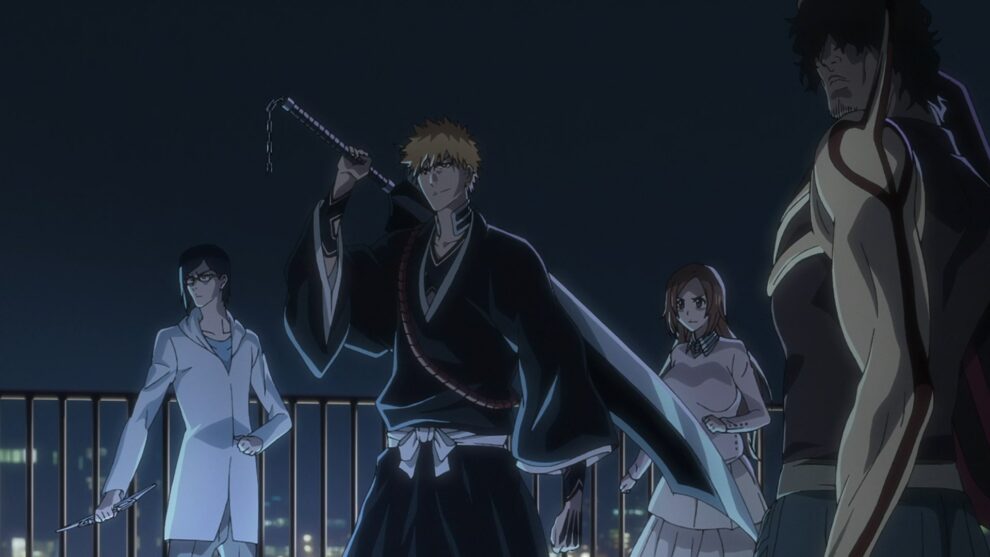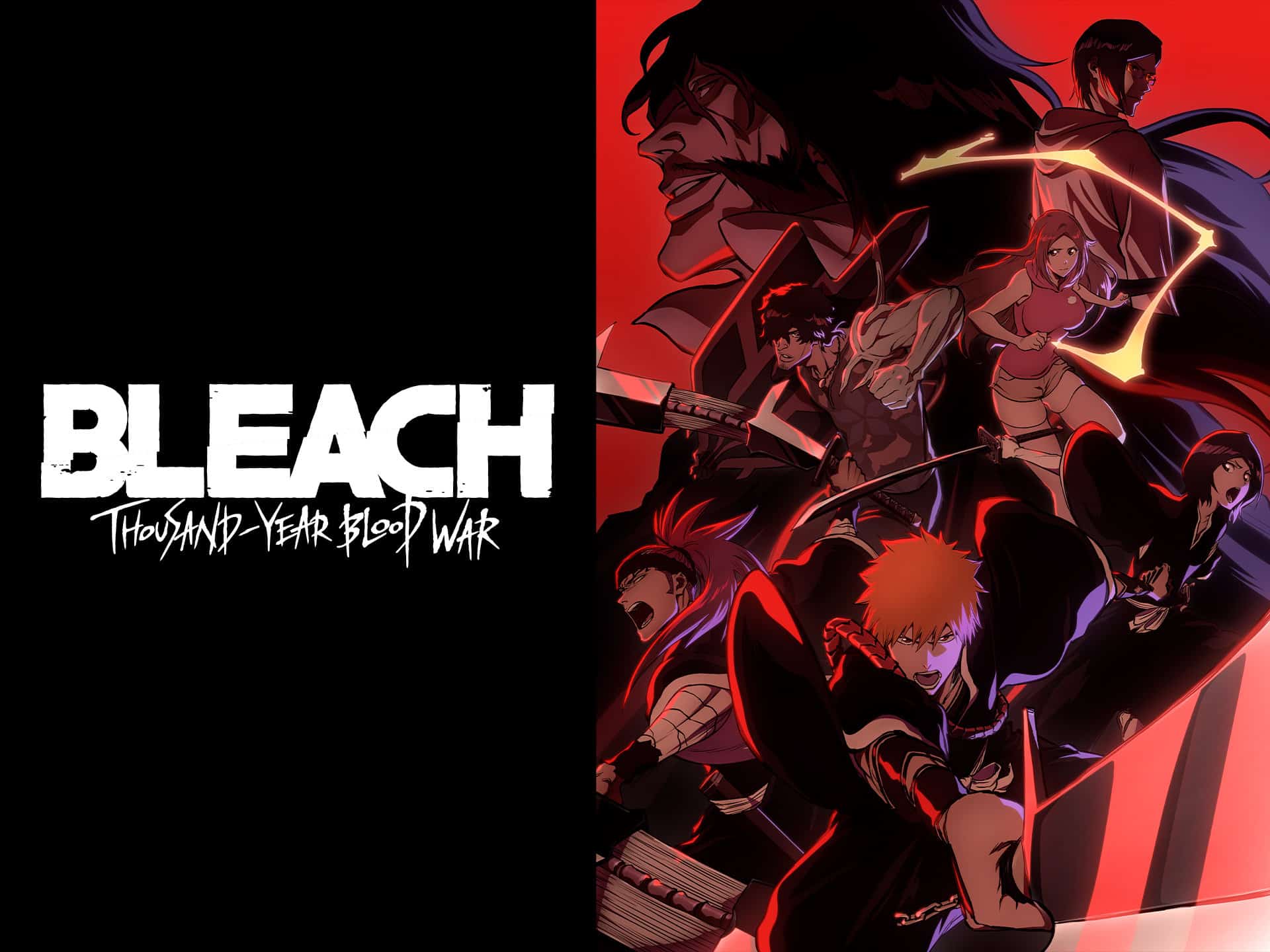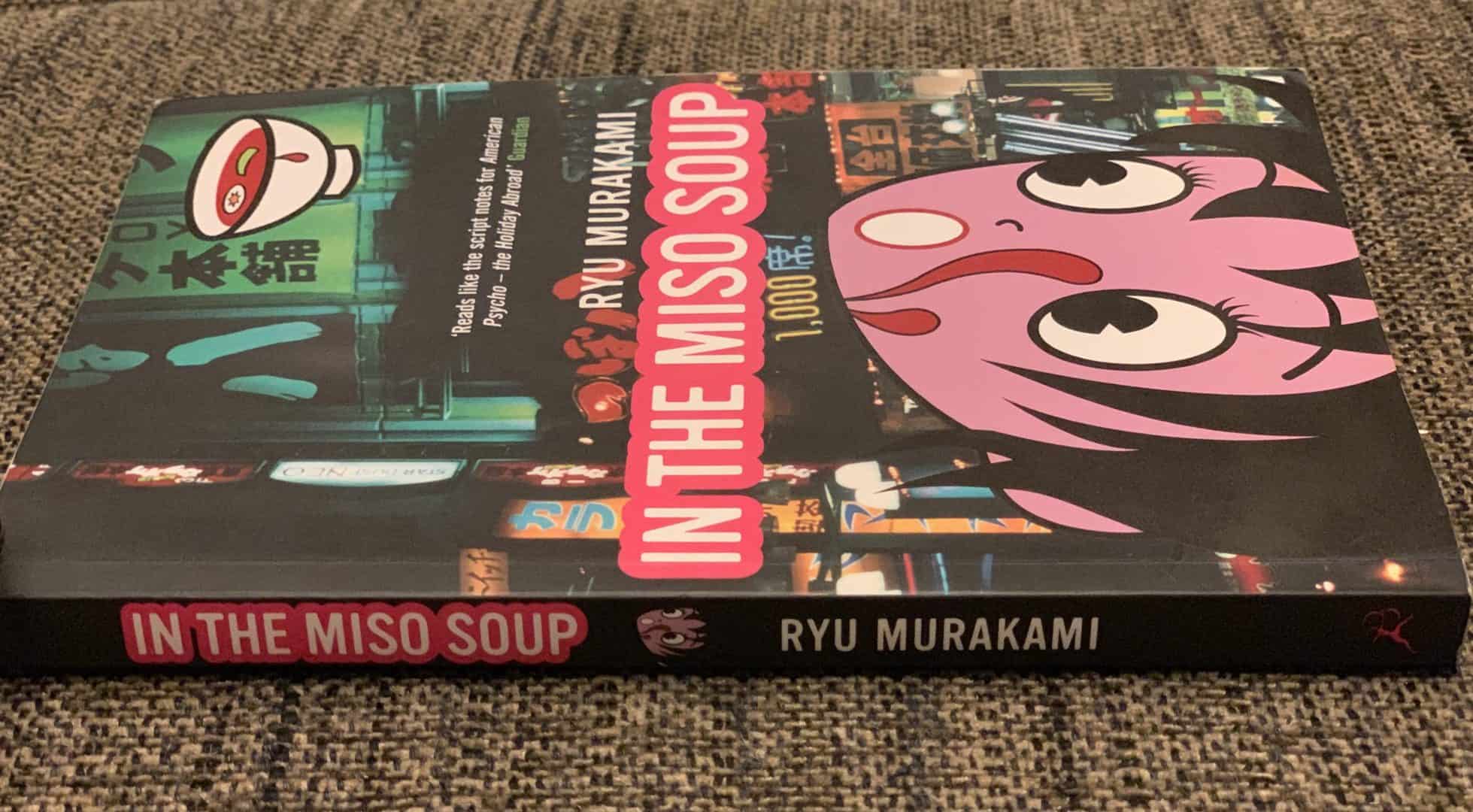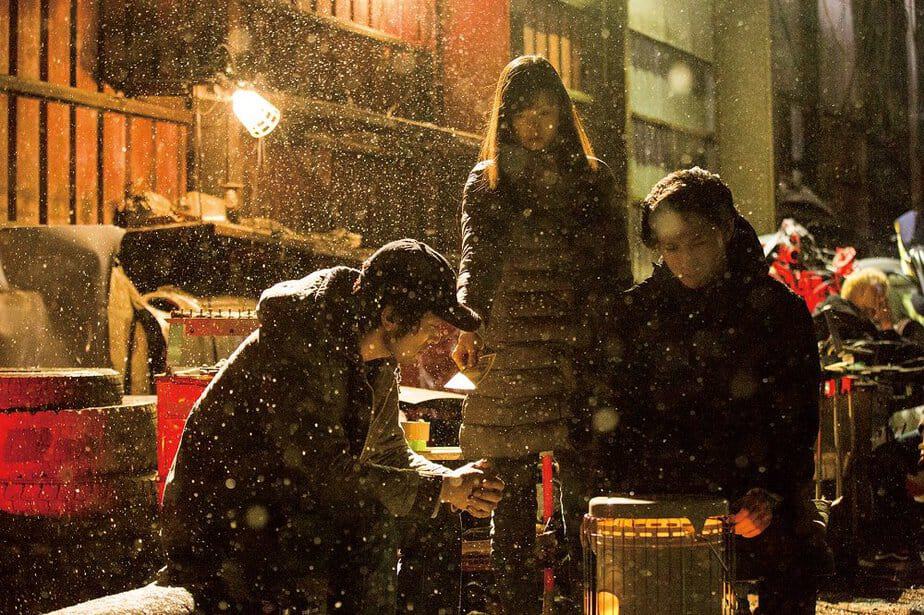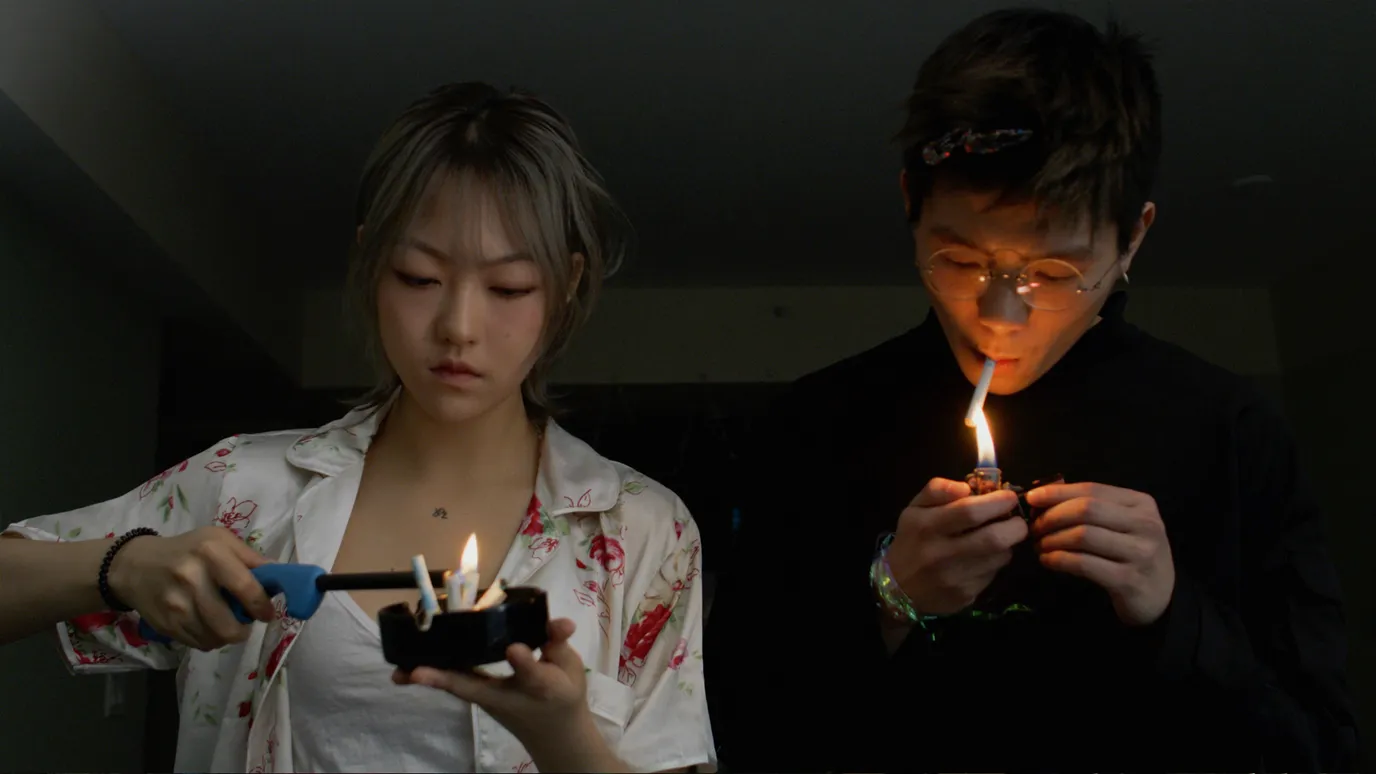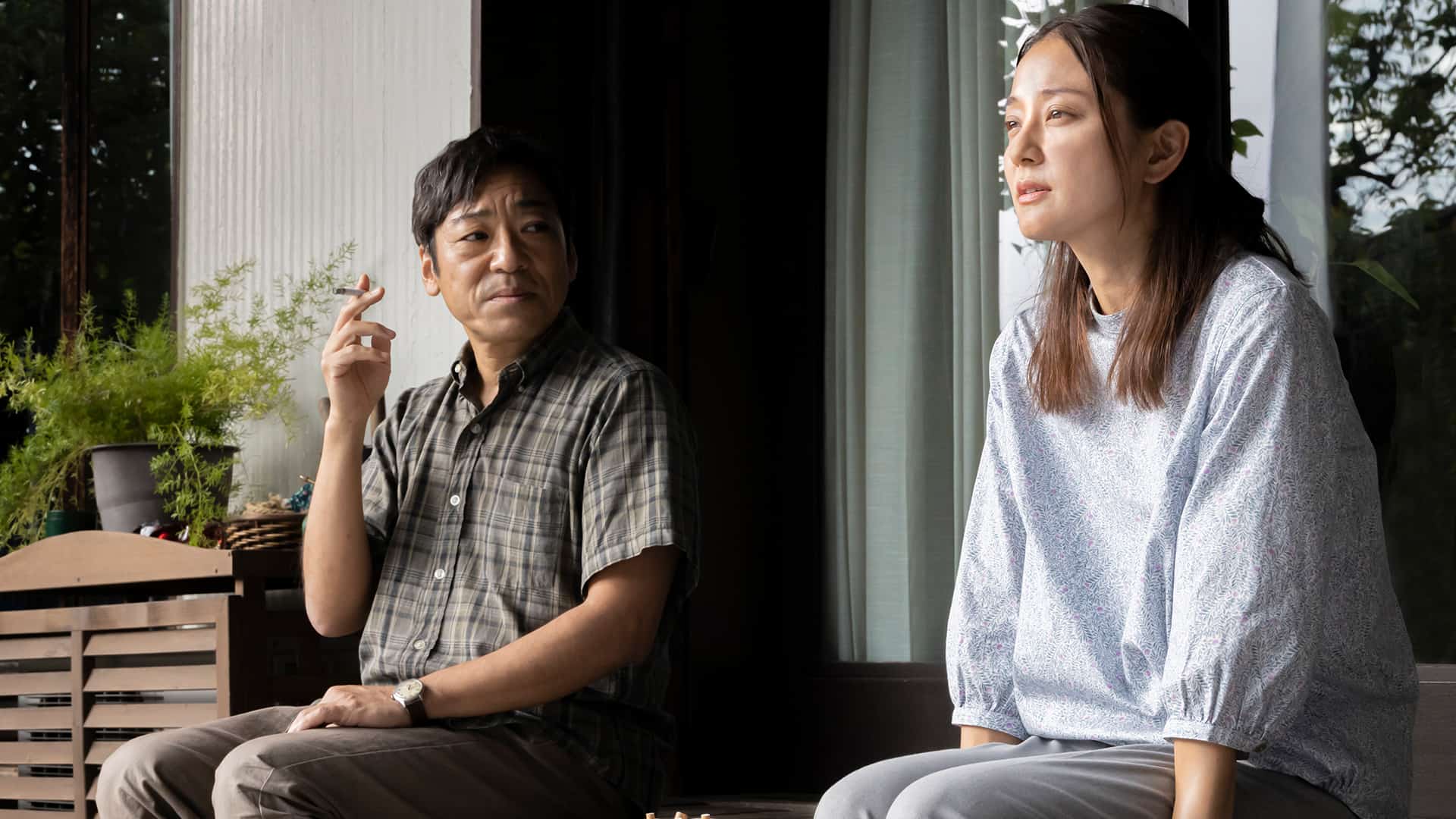The 17th season of one of the most iconic shonen anime and manga of all time was one of the most expected titles of the previous season, and thankfully, Studio Pierrot and director Tomohisa Taguchi did not disappoint, making the most out of Tite Kubo's original material, which is actually concluded by the Thousand-Year Blood War arc.
The series starts by showing how much the main protagonists, Ichigo, Sado, Inoue and Ishida have improved, as they make short work of the giant Hollows that appear in town. However, soon, a new, more powerful than ever enemy appears in the face of a Quincy Army and their leader Yhwach, who is later revealed to have been beaten but not killed by Chief Yamamoto, a thousand years ago. Now Yhwach has returned with a huge army, which has caused the disappearance of thousands of civilians from the Rukon District, before turning their attention to Hueco Mundo and Soul Society. Furthermore, the Quincies seem to have a weapon in their hands that essentially deems the Bankai useless, and their attacks on both aforementioned locations bring disaster of an unparalleled level to anyone that stands in their way. The second part of the series deals with the aftermath of the disaster, while the questions regarding Ichigo's mother and his roots are finally answered.
Since “Bleach” was one of the titles that established the rules for the “Golden Age of Shonen”, along with “Dragonball”, “One Piece”, and “Naruto”, it would be difficult to stray away from both the pros and the cons of the category. Regarding the latter, the concept of the new and more powerful enemy appearing every time, the heroes losing, then training to become stronger, than winning, is here once more in all its glory, although we will probably have to wait for the last part. The extensive flashbacks that prolong the battles are also here, as is the pedantic humor (particularly regarding the blight of the silly faces) although this last aspect is mostly reserved for the last part of season. Apart from these, inherent to the genre one could say, issues, this new “Bleach” thrives in everything else.
For starters, the way the showdown is built is excellent, with the enemy revealing themselves through brief but rather impactful scenes, with the first intrusion in Soul Society being a testament to this approach and the final one, in the same location, being among the most majestic sequences we have seen in the franchise. The initial setup here, with the Soul Society captains fighting the Quincy captains in shock, and even more so, the involvement of Yamamoto, is truly epic, with the fires that surround the images being the apogee of both the background drawing and the animation by Studio Pierrot. Furthermore, the outcome of the particular battle is among the most dramatic in the whole series, with the impact being of epic proportions to any viewer that has ever watched the series. This sense of drama extends to the second part, despite the fact that the tone is much lighter here, as Ichigo's lineage mystery is finally revealed.
Also of note is the whole concept of the Quincy army, with Taguchi and character designer Masashi Kudo giving them a militaristic hypostasis that points directly towards Nazism, with the same applying to their eugenics experiments, and the cruel, chaotic evil demeanor of Yhwach. Their tall, lanky figures and their costumes, cement this approach, while their almost black-and-white coloring creates a very appealing antithesis to the black-cladded but still motley appearance of the good guys.
Not much more to say, considering the fact that the quality of the story remains in the same high level of the first seasons, and the art form has truly developed, “Bleach: Thousand-Year Blood War” provides a great restart to the anime, and hopefully, a worthy conclusion.


